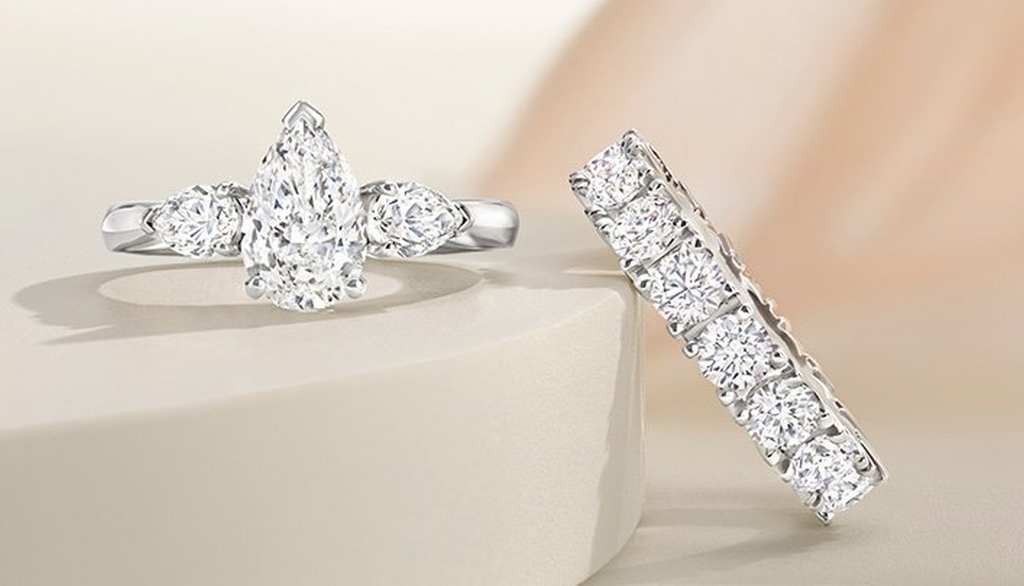Diamonds have long been celebrated as symbols of luxury, love, and wealth. The perception of their rarity has fueled their desirability and, consequently, their high market prices. However, the reality is that mined diamonds are not rare not as rare as many believe. With the advent of technology, man-made diamonds have emerged as a viable and often more ethical alternative. This article explores the myth of diamond rarity, the environmental and ethical implications of diamond mining, and the advantages of man-made diamonds.
Understanding Diamond Rarity
The concept of rarity in diamonds is often perpetuated by marketing and the diamond industry itself. In reality, the earth produces millions of carats of diamonds each year, and a substantial portion of these gems goes unsold or is kept in vaults by large corporations. This practice, known as “supply manipulation,” helps maintain high prices by creating an illusion of scarcity.
Additionally, diamond mining operations are increasingly efficient, leading to the extraction of diamonds in large quantities. As technology improves, it becomes easier to find and extract these precious stones, further diminishing the claim that they are rare. While high-quality diamonds of certain sizes and colors may still be considered rare, the average consumer is often led to believe that all diamonds are inherently scarce, which simply isn’t the case.
Environmental and Ethical Implications of Diamond Mining
Diamond mining has significant environmental consequences. The extraction process can lead to deforestation, soil erosion, and loss of biodiversity. Furthermore, mining activities often pollute local water sources, affecting wildlife and communities. The social implications are equally concerning. In many regions, diamond mining has been linked to human rights abuses, including child labor, unsafe working conditions, and displacement of indigenous populations.
The term “blood diamonds” refers to diamonds mined in war zones and sold to finance armed conflict. This has raised awareness about the ethical implications of purchasing mined diamonds, prompting consumers to reconsider their choices and the impact of their purchases on both the environment and society.
The Emergence of Man-Made Diamonds
In contrast to mined diamonds, man-made diamonds, also known as lab-grown or synthetic diamonds, offer a more sustainable and ethical alternative. Created through processes such as High Pressure High Temperature (HPHT) or Chemical Vapor Deposition (CVD), these diamonds have the same physical and chemical properties as their mined counterparts.
Lab-grown diamonds can be produced at a fraction of the cost and time, making them more accessible to consumers. Additionally, they do not involve the environmental degradation or ethical concerns associated with traditional diamond mining. As awareness of these issues grows, many consumers are shifting toward lab-grown diamonds, leading to a surge in their popularity.
The Benefits of Choosing Man-Made Diamonds
Choosing man-made diamonds offers several advantages beyond ethical and environmental considerations. Firstly, lab-grown diamonds are often priced significantly lower than mined diamonds, making them an attractive option for budget-conscious consumers. This democratization of diamond ownership allows more people to enjoy the beauty and symbolism of diamonds without the hefty price tag.
Secondly, man made diamonds come with a guarantee of ethical sourcing. Consumers can have peace of mind knowing that their purchase does not contribute to human rights abuses or environmental destruction. Many brands also provide transparency regarding their production processes, allowing consumers to make informed choices.
Lastly, the technology behind lab-grown diamonds is continually advancing. As production methods improve, the quality and variety of man-made diamonds will only increase, offering consumers even more options in terms of size, shape, and color.
Conclusion
The notion that mined diamonds are rare is a myth perpetuated by the diamond industry to maintain high prices and desirability. In reality, the abundance of diamonds produced and the questionable practices of the mining industry raise significant ethical and environmental concerns. Man-made diamonds offer a compelling alternative, providing the same beauty and durability as mined diamonds while addressing issues of sustainability and ethics. As consumers become more informed about their choices, the future of the diamond market is likely to lean increasingly toward lab-grown alternatives, making it clear that diamonds don’t have to be rare to be beautiful.


:max_bytes(150000):strip_icc()/7924253-02f43816ccbb4cdb98d7fd760a379b71.jpg)


